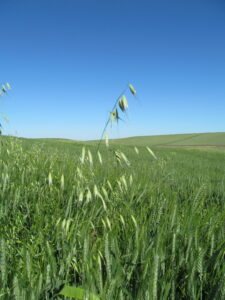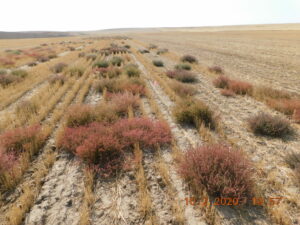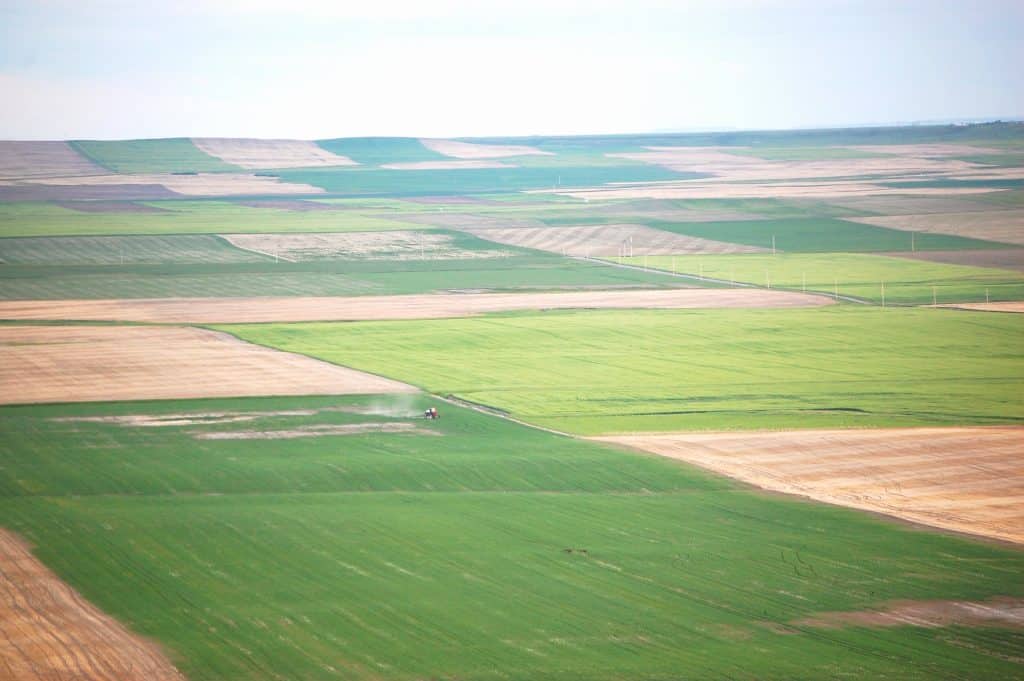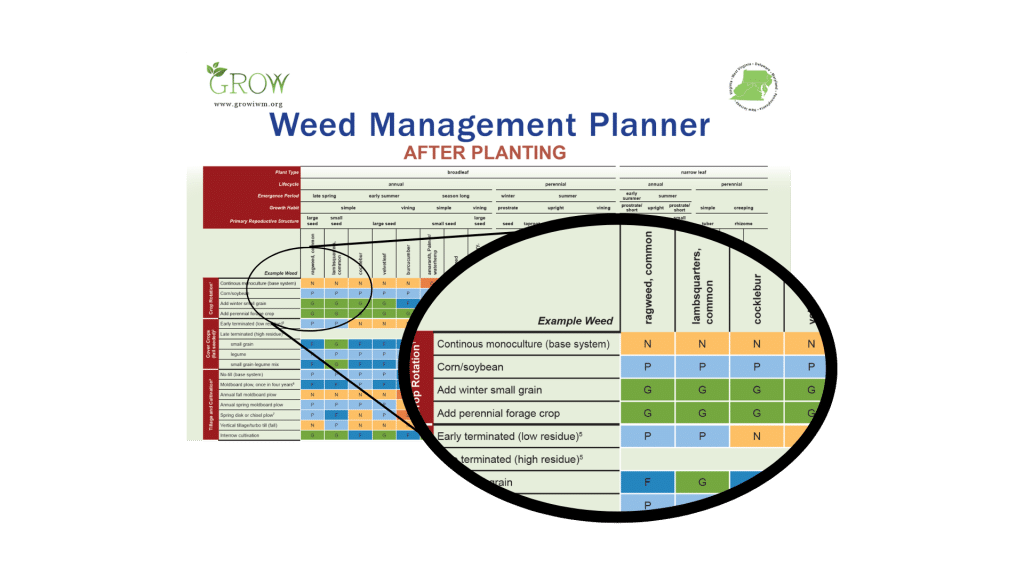Note from the GROW team: This page is being updated in an effort to provide you with the most accurate and timely information. In the meantime, please visit the rest of our website to learn more about the tactics to manage herbicide-resistant weeds.
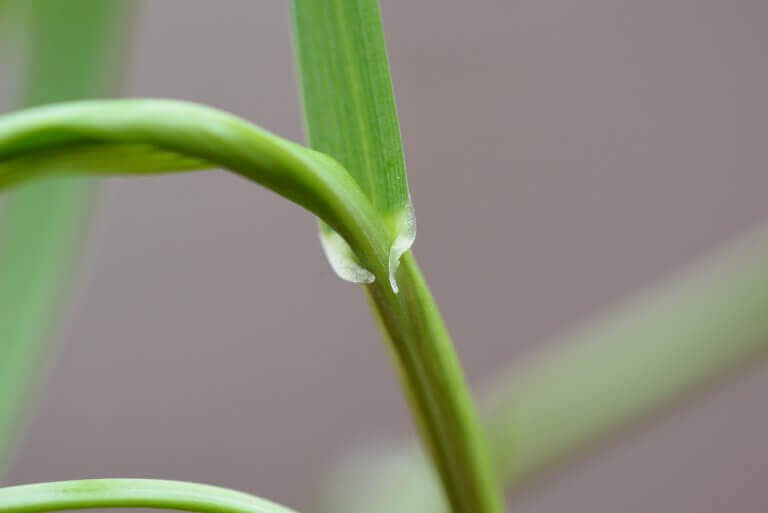
Italian ryegrass is an annual or biennial ryegrass that has become a problematic herbicide resistant weed in several states. While it is not native to the US, it is present in every US state. Some varieties of Italian ryegrass are sometimes planted as a companion crop for alfalfa, or in other seed mixes. See resources below for management recommendations.
Integrated weed management recommendations include:
- Prevent entry by ensuring that all feed, seed, and equipment entering the property are free of ryegrass seed
- Do not allow patches of Italian ryegrass to grow along ditches, fence lines, or other border areas; control them before they spread to the fields
- Vary the effective herbicide sites of action (at least two) in tank mixes and change them up between seasons to decrease the chance of selecting for resistant populations
Herbicide Resistant Populations:
- Group 1
- Group 2
- Group 9 (glyphosate)
- Group 10
- Group 15
- Group 22
- Multiple resistance: Group 1 + 2

IWM Management:
Italian ryegrass is a problematic weed in cereals, grass seed crops, and grain crops planted no-till. It can result in significant yield losses if this weed is not controlled. Farmers in the US struggle to manage this weed, particularly in areas where Italian ryegrass has evolved herbicide resistance.
To search for alternative or complementary weed management tactics to herbicides, an USDA-NIFA funded project started in 2016 at two locations: College Station, TX and Newport, AR. The experiment evaluated the performance of different IWM strategies in a long-term field trial. This study included crop rotation, comparing continuous wheat, with wheat-fallow (TX) or wheat-soybeans (AR). Strategies targeting weed seeds included Harvest Weed Seed Control treatment (windrow burning) as well as tillage in the form of disking after harvest. The combination of different IWM tactics, together with natural seed predation and common chemical options, resulted in a drastic reduction in the weed seed bank after four years.
In this video you will find the preliminary results from this large-scale field trial done in Texas. Final results will be discussed in future posts.
Researchers: Dr Muthu Bagavatiannan and Dr. Jason Norsworthy
Edits: Kara Pitmann and Mark VanGessel
Video: Claudio Rubione
Video Edits: Mark VanGessel
Hero photo credit: Claudio Rubione, University of Delaware. Hero Circle photo credit: University of California.
Resources:
Take Action on Weeds: Italian ryegrass
